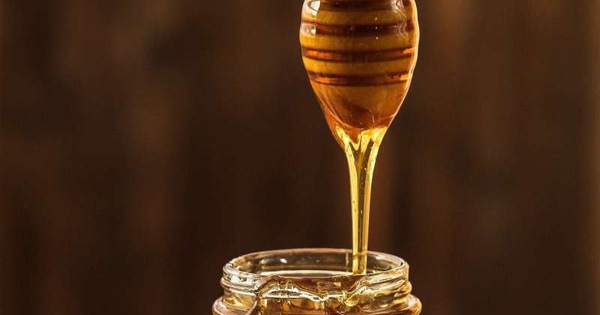Drone footage shows a school of coral sharks fighting over the carcass of humpback whales (Megaptera novaeangliae) floating along the Australian coast.
The sharks came to share a hearty meal. Video: John Cloke and Indy Crimmins
During the fray, at least 60 sharks swirled around the carcass. However, eyewitnesses said the number of sharks to the party could be more than 100. Visitors John Cloke and Indy Crimmins captured the scene off Norman beach near Albany, western Australia.
After returning from a morning fishing trip, Cloke saw the whale carcass in the water surrounded by birds and flew a drone overhead to find out. He shared the video on May 16 via Instagram. The whale is about 15 meters long. As the drone’s camera pans further, more and more sharks appear at the edge of the vortex, waiting for an opportunity to dive in and take a bite.
“At one point about 100 sharks circled the body,” Cloke said. “We can’t count them all.” Images of sharks and other scavengers eating whale carcasses at sea are rare, said Steve Taylor, a shark researcher at the Australian Agency for Regional Development and Industry.
Most whales float on the surface of the sea after they die because their bodies are filled with gases from decomposition. A study in 2020 published in the journal Frontiers in Marine Science Detecting the amount of gas produced plays a big role in deciding whether a whale or dolphin carcass will wash ashore. Large fatty whales like humpback whales will stay afloat for longer periods, sometimes more than a week, making them ideal targets for scavengers such as sharks and seabirds.
In recent footage from Australia, researchers don’t know which shark species were involved, which may include a bronze whaler (Carcharhinus brachyurus). According to Taylor, whale carcasses are a good feeding opportunity for many different species of sharks in coastal areas.
However, the competition for food at the sea’s surface is only the first step in a long process of decomposition that provides food for dozens of species of marine animals that reside at different depths. After sinking, the whale carcass will fall to the bottom of the sea. There, leftover fresh meat continues to be scavenged by a variety of scavengers, including octopuses, eels, crabs and deep-sea sharks, according to the Ocean Conservancy. Even if the corpse is reduced to a skeleton, it is slowly eaten by bacteria and marine worms in a process that can take more than a decade.
An Khang (According to Live Science)
at Blogtuan.info – Source: vnexpress.net – Read the original article here




